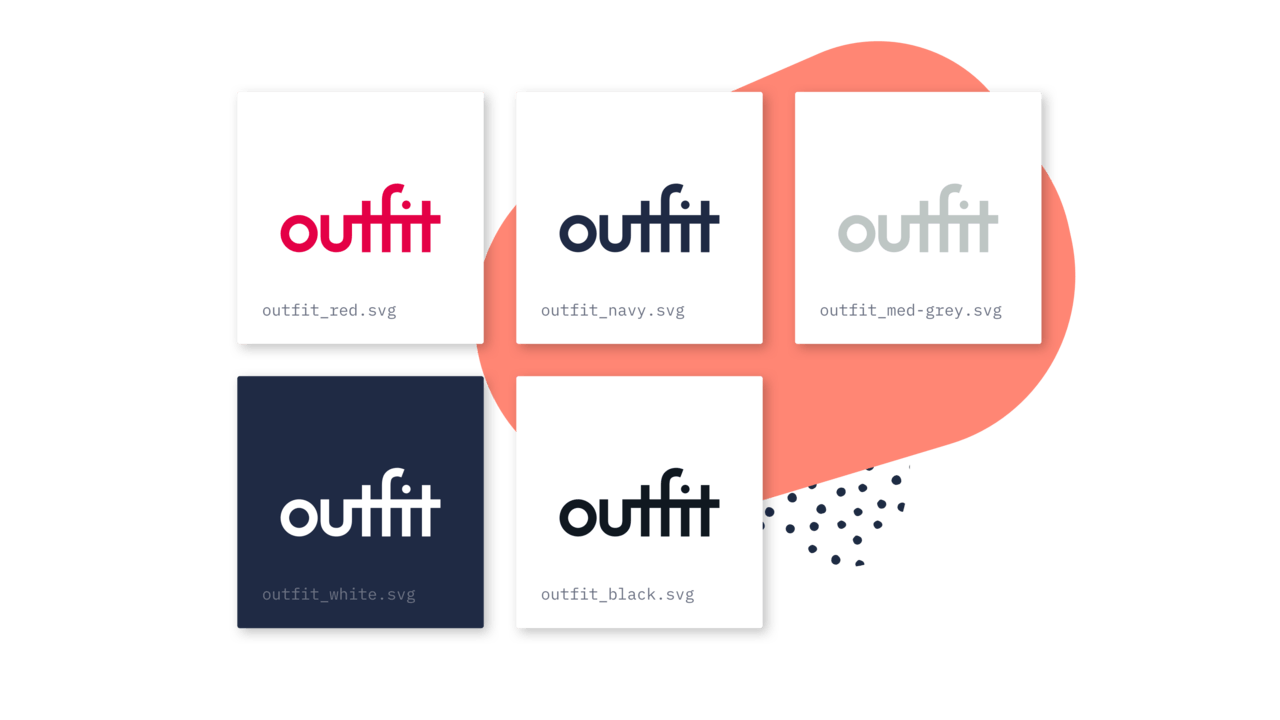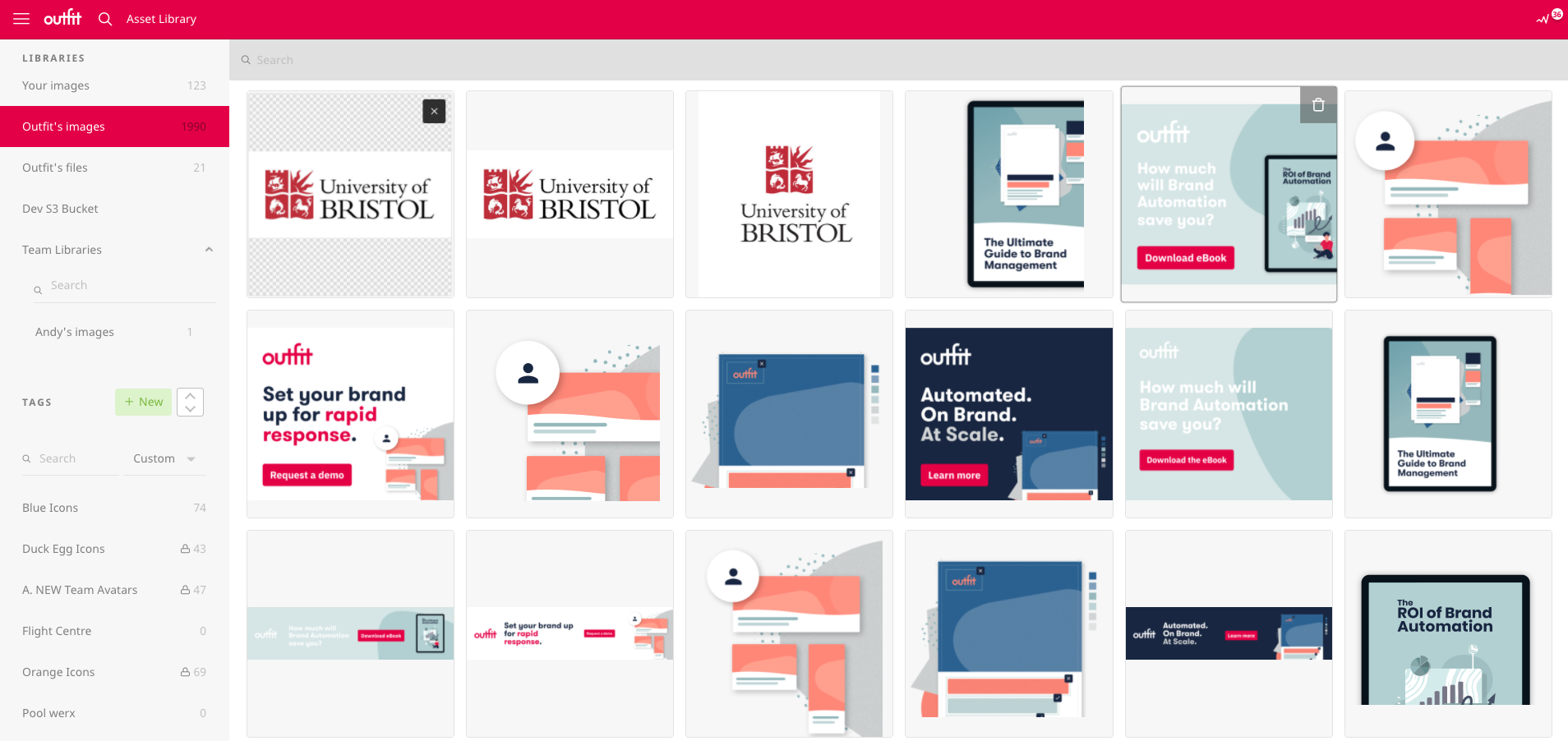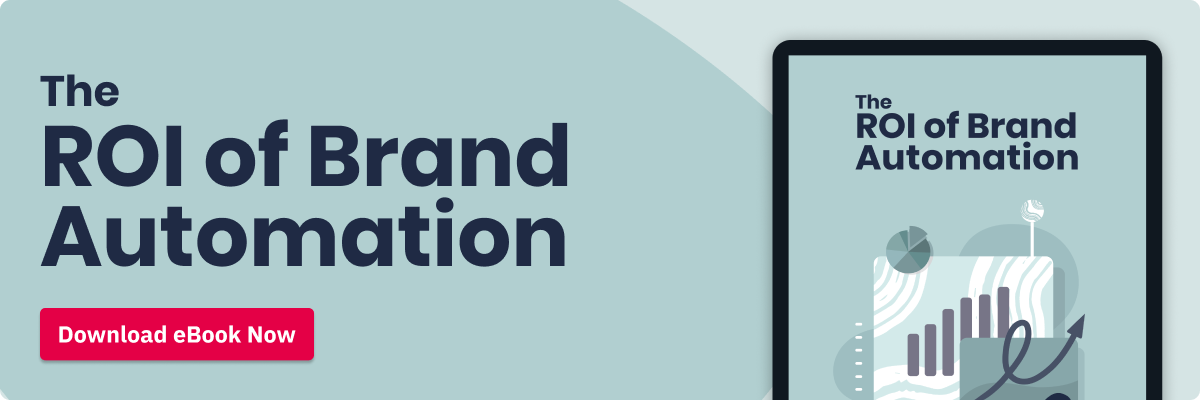Marketers around the world are gearing up for increased levels of investment and activity as organisations in most sectors prepare for post-COVID-19 recovery. In fact, optimism is higher now than it was before the pandemic, according to the biannual CMO Survey conducted by Duke University and Deloitte in the US and the London School of Business in the UK.
Globally, the role of marketing has grown in stature due to the need to monitor rapidly changing consumer behaviour and to reach audiences via digital channels during the past year: more than seven in 10 respondents in both markets said the importance of marketing had increased at their organisation.
That boost in prestige came despite an average 8.2% fall in marketing jobs in 2020 overall, the research found, and while employment in the sector is tipped to grow as many organisations look to expand their workforce, four in 10 respondents are predicting a one to two-year lag until those jobs return.
For marketers in sectors and companies that were able to grow during 2020, this year is about acting quickly to scale up marketing activities and take advantage of that momentum.
Marketing spending is expected to bounce back in 2021 with an average 14.3% budget increase (11% in the UK) after a 4% fall last year (17% in the UK). Digital marketing and brand building budgets are both set to grow by about 10% (more in the UK).
In Australia, Dentsu’s 2021 Ad Spend Report forecasts a 5.9% increase in ad spend this year following a 11.2% contraction during 2020.
Marketing has a golden opportunity to reset its place in the corporate world, taking advantage of the new reliance placed upon its ability to generate insights into customer behaviour and to reach prospects wherever they are with relevant messaging, building recognition and ultimately converting them into paying customers.
But the figures also show that in many organisations, marketing teams are being asked to do all the above, plus in many cases help brands regain ground lost during the pandemic, with fewer resources.
And most marketers are already spending the bulk of their time on the work that needs to be done today; two-thirds of their time is spent on the present with just over one-third spent on preparing for the future.
So how can marketers produce more with fewer people, build brands and improve the customer experience, and still invest the time they need to plan for whatever lies ahead?
We’ve found marketing teams can scale up production, dramatically increase output and significantly reduce the time and cost required to produce consistent, on-brand marketing materials without adding staff by adhering to these four principles:
1. StandardisationAs any marketer with a strong brand knows, standardisation is critical for creating brand consistency and cut-through in marketing. That means creating a framework that allows your brand and your marketing collateral to be represented in the same way no matter who’s doing the work.
For lots of repetitive tasks, bespoke creative processes are time-consuming and unnecessary. It’s much more efficient to invest the time up-front to establish a clear framework governing how your brand should be represented − and then roll that out across your organisation.
Tools to help
-
-
- Documented brand guidelines: If you haven’t defined your brand guidelines, this is the first step, from your brand vision, mission, personality and voice to your logo, colour palette, fonts and other visual assets.

Once you’ve established your brand guidelines, communicate them and make them accessible to all your brand stakeholders, whether that’s on your intranet, in a ‘brand book’ that’s shared internally, or clearly represented on your brand website.
- Documented brand guidelines: If you haven’t defined your brand guidelines, this is the first step, from your brand vision, mission, personality and voice to your logo, colour palette, fonts and other visual assets.
-
-
-
- Centralised asset library: On-brand assets such as approved imagery and photography should be readily accessible, kept up-to-date and made available to the relevant teams. Most organisations don’t realise the breadth of marketing assets that are available to them, with the result that many existing on-brand assets are under-utilised or created multiple times.

- Centralised asset library: On-brand assets such as approved imagery and photography should be readily accessible, kept up-to-date and made available to the relevant teams. Most organisations don’t realise the breadth of marketing assets that are available to them, with the result that many existing on-brand assets are under-utilised or created multiple times.
-
-
-
- On-brand templates: Go one step further and enshrine your brand guidelines in standardised templates that make it quick and easy for anyone in your organisation to reproduce on-brand marketing assets in minutes within the confines of your brand guidelines.
-
2. Process optimisation
The switch to remote work practices in marketing and other teams that work closely with marketing has made it essential to proactively manage the marketing and creative processes.
Poor briefing often results in work that needs to be re-briefed and re-done. Simply capturing all the key details up-front in a clear brief can shave weeks from your marketing process.
The creative production and approval process is also ripe for optimisation. Having self-service creative platforms in place that allow minor changes to assets for personalisation or localisation without damaging the brand can help free your designers from the death-by-a-thousand-cuts process of constantly making minor changes to the same assets.
Having well-understood processes for amending and approving marketing work can also reduce the approval bottlenecks that can paralyse your organisation.
Where once you may have wandered over to your colleague’s desk and verbally briefed them on a new campaign, or physically shown your CMO the latest version of an ad for approval, those processes are often now managed remotely, which makes it much easier for input to be misunderstood or missed completely. It’s also incredibly time-consuming to try to manage the marketing process using email.
Tools to help
-
-
- Visual project management tools: Whether it’s a kanban board, marketing calendar or even a spreadsheet, establishing a central location to visually manage your marketing work and feedback in one place will save time and ensure projects and amendments don’t get missed.
-
-
-
- Approval workflow tools: How many times have you sent an email only to have your boss miss it, forget about it or go on leave without responding to it? Using a dedicated approval workflow tool that puts work in front of the right approvers, provides them with deadlines and reminders to provide feedback, and captures the version history of every asset is a great productivity booster.
-
-
-
- Self-service creative tools: Giving stakeholders across the business the ability to edit or update on-brand assets − within strict guardrails − will not only save you time, it will enlist the rest of the organisation in speeding up the marketing request and production process, shortening it from days and weeks to minutes and hours, freeing up your designers and approvers to focus on high-value work.
-
Automation is mission-critical in 2021, according to Gartner, because it generates efficiencies, streamlining and accelerating business operations and increasing output at a time when agility is essential.
Anything that can be automated should be automated, argues Gartner in a report on the top strategic technology trends for the year: “Organizations that don’t focus on efficiency, efficacy and business agility will be left behind.”
Marketing is under-automated in most organisations, though that is tipped to increase significantly in coming years.
Tools to help
-
-
- Email marketing automation: From sales outreach to lead generation and customer service, there’s still a lot of upside left in automating email sends and responses − and it will free up your team to focus on high-value strategic work.
-
-
-
- Brand automation systems: Brand automation systems not only automate on-brand marketing production, allowing users without design skills to produce on-brand collateral, they can also produce assets based on data sources and datasets without manual set up or intervention. This enables users to produce and personalise enormous volumes of work quickly, straight from your single source of truth − usually a CRM or marketing automation platform.
-
Martech that doesn’t integrate with your other tools and systems is officially old hat. Eliminate the need for manual data and asset handling by ensuring all your marketing tools work together effectively, saving time and minimising risk.
This goes way beyond having your CRM talk to your email marketing platform. Integrate your creative production systems with your digital asset manager, or automatically send approved work to print. Integrate your brand automation tool with your CRM and create and send personalised assets to a list of contacts in the blink of an eye.
Marketers have an opportunity to reimagine the role of marketing in their organisation in the coming year or two − but to do this it’s important to minimise the time-consuming, inefficient and manual work that can slow organisations down.
Embedding standardisation, process optimisation, automation and integration in the bedrock of your marketing organisation will enable marketers to scale at speed, producing more with less, building strong brands and meeting future challenges head on.
